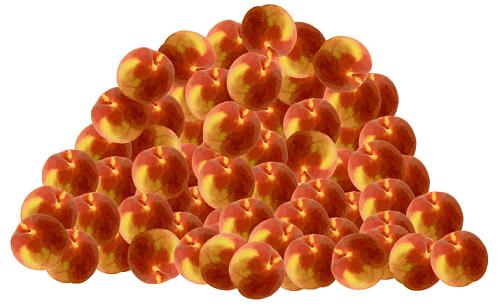Skip over navigation

There's a problem which goes like this :
By the time you reach Stage 4 you will start to feel that problems like this are examples or instances of something more general.
Try this problem as it is and then generalise your solution as far as you think you can.
Using a spreadsheet may be a help, but you can judge that for yourself.



Or search by topic
Number and algebra
Geometry and measure
Probability and statistics
Working mathematically
Advanced mathematics
For younger learners
Peaches in General
Age 14 to 16
Challenge Level 





There's a problem which goes like this :
A monkey had some peaches.
He ate half of them plus one
more.
On the second day, he ate half of
the rest plus one more.
On the third day, he ate half of
the rest plus one more again.
On the fourth day, he found there
was only one left.
How many did he have at the
beginning?
By the time you reach Stage 4 you will start to feel that problems like this are examples or instances of something more general.
Try this problem as it is and then generalise your solution as far as you think you can.
Using a spreadsheet may be a help, but you can judge that for yourself.
You may also like
Euler's Squares
Euler found four whole numbers such that the sum of any two of the numbers is a perfect square...
Odd Differences
The diagram illustrates the formula: 1 + 3 + 5 + ... + (2n - 1) = n² Use the diagram to show that any odd number is the difference of two squares.
Tree Tops
Can you make sense of information about trees in order to maximise the profits of a forestry company?

